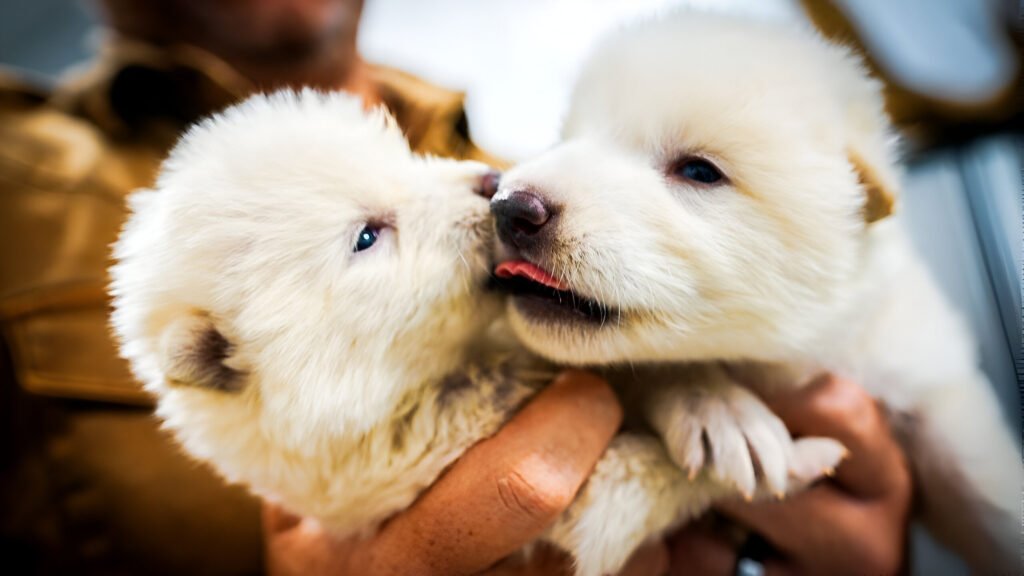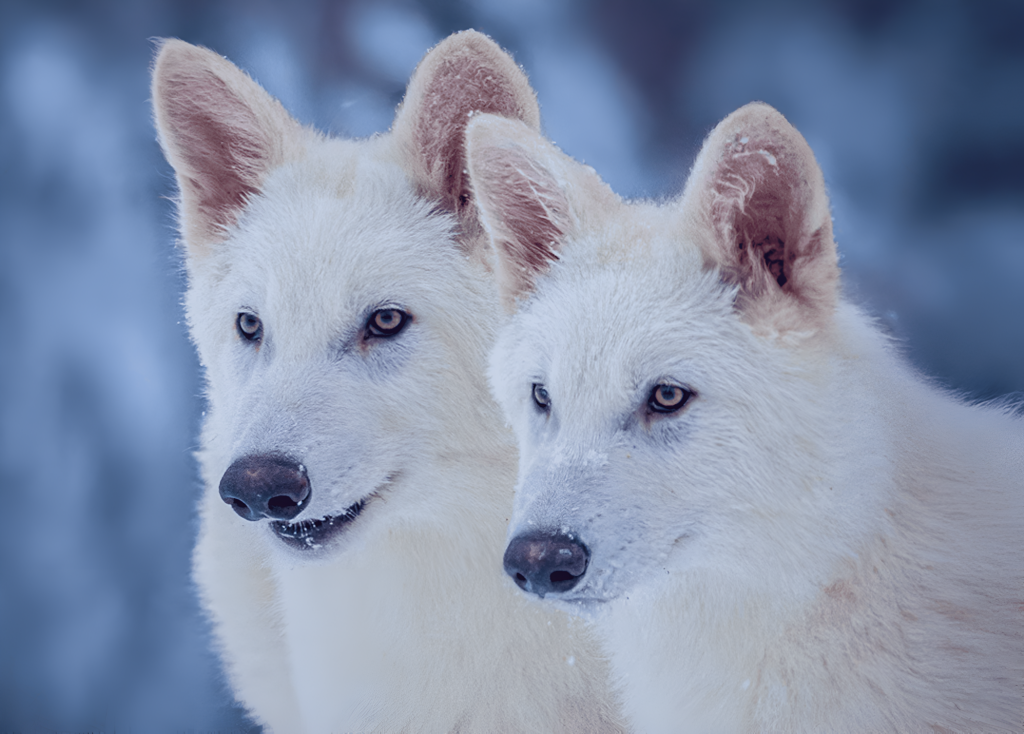
I was scrolling through my news feed last week when I stumbled upon something straight out of a sci-fi movie: a Dallas company called Colossal Biosciences claiming they’d brought dire wolves back from extinction. The photos showed adorable white pups named after Game of Thrones characters, and I’ll admit, my first reaction was pure amazement. How cool would it be to see creatures that disappeared 13,000 years ago walking among us again?
But as I dug deeper, talking to friends in biology and reading articles from skeptical scientists, I realized there’s much more to this story than cute wolf videos and flashy headlines. The scientific community is seriously divided about whether this represents a breakthrough or a concerning distraction from real conservation challenges.
What Really Happened Here?
Let’s get one thing straight—these aren’t actually dire wolves as they existed thousands of years ago. Despite the $10 billion company’s marketing blitz (backed by celebrities like Paris Hilton and even the CIA), what they’ve created are essentially gray wolves with about 20 genes edited to give them some physical traits resembling dire wolves.
One scientist I spoke with compared it to claiming you’ve recreated a Neanderthal when you’ve just given a modern human a slightly more pronounced brow ridge. The genetic difference between gray wolves and dire wolves involves something like 1.47 million base pairs—Colossal modified just a tiny fraction of those.
Think of it this way: humans and chimps share about 98.8% of their DNA, but nobody would confuse us for each other! The same principle applies here.
The Conservation Shell Game
My biggest worry, shared by many conservation biologists I’ve read, is how this might affect our already struggling environmental protection efforts. There’s something seductive about the idea that we can just bring species back later if they disappear now.
I wasn’t surprised when a high-ranking government official jumped on this announcement to criticize the endangered species list and environmental regulations. “Since the dawn of our nation, it has been innovation—not regulation—that has spawned American greatness,” he wrote.
As someone who’s volunteered on habitat restoration projects, this kind of thinking terrifies me. We’re already fighting an uphill battle to save what biodiversity remains—the last thing we need is politicians thinking extinction is no big deal because tech bros can just fix it later.

Missing the Forest for the Trees
What struck me while researching this topic was how disconnected de-extinction efforts seem from the actual problems driving species loss. We know why animals are disappearing: habitat destruction, climate change, pollution, overhunting, and invasive species.
I remember talking with a wildlife rehabilitator last year who works with endangered local species. She laughed when I mentioned de-extinction and said, “I can barely get funding to treat injuries in animals we still have—imagine if that money went to protecting habitats instead.”
Take the red wolves. Colossal claims to be helping through genetic work. Their biggest threats aren’t genetic problems—they’re being hit by cars and shot by humans. All the genetic tinkering in the world won’t help if we don’t address those fundamental issues.
Can Ancient Animals Survive Today?
The more I’ve thought about this, the more I wonder if de-extinction even makes ecological sense. The world these creatures lived in is gone. The plants they ate, the weather patterns they evolved with, and the entire ecosystem they were adapted to all dramatically changed.
It reminds me of trying to grow my grandmother’s heirloom tomatoes in my apartment. Despite having the exact same seeds, they never taste quite right because the soil, light, and growing conditions are completely different.
Colossal claims woolly mammoths reintroduced to the Arctic would help fight climate change by keeping carbon locked in permafrost. But several scientists have pointed out there’s little evidence to support this theory. The Arctic today isn’t the mammoth steppe of 15,000 years ago.
The Elephant in the Room
There’s also an ethical question that keeps nagging at me. To create these mammoth-elephant hybrids, Colossal plans to use living elephants—highly intelligent, social creatures—as surrogates.
Elephants in captivity already struggle with reproduction, with high rates of stillbirths and infant mortality. Is it right to subject them to experimental pregnancies simply to satisfy our curiosity or entertainment?
A Question of Priorities
I can’t help but think about opportunity cost. The millions (possibly billions) being poured into de-extinction projects could fund proven conservation strategies. For the cost of creating one pseudo-dire wolf, how many acres of habitat could be protected? How many anti-poaching rangers are employed? How many community conservation programs are funded?
As one scientist put it, “If the original drivers of extinction are not addressed, then de-extinct species could quickly become re-extinct.”
I’m not against scientific advancement or genetic research. These technologies could certainly help endangered species by addressing genetic bottlenecks or disease resistance. But the flashy focus on resurrection rather than preservation feels like we’re missing the point.
Maybe instead of trying to bring back the dead, we should focus on keeping the living alive. After all, it’s always easier to preserve what we still have than to rebuild what we’ve lost.









